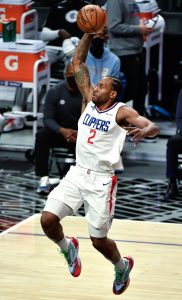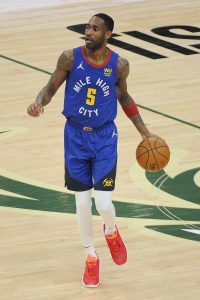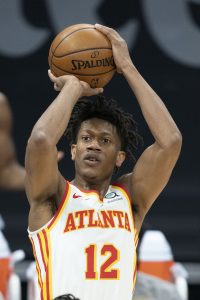The 2022 NBA draft is still over nine months away, but a number of teams have already traded away their first-round picks for ’22, and more clubs may do so before this season’s trade deadline.
We’ll use the space below to keep tabs on each team’s first round pick for 2022, continually updating it as necessary throughout the year.
We’ve listed all 30 teams here, so even if a team hasn’t traded its first-round pick, that will be noted. We’ll also provide details on the protections for each traded pick, including what happens to the pick in 2023 if it doesn’t change hands in 2022.
Here’s the full breakdown on the status of each 2022 first round pick:
Atlantic
- Boston Celtics: Traded to Spurs (top-four protected).
- If this pick lands in its protected range, the Celtics would owe the Spurs their 2023 first-round pick (top-four protected).
- Brooklyn Nets: Traded to Rockets or Heat.
- Houston will receive the two most favorable picks of the Nets’, Heat’s, and Rockets’ first-rounders; Miami will receive the least favorable of the three, unless the Heat’s pick is in the top 14, in which case it would be protected and Houston would receive the Nets’ first-rounder and their own first-rounder.
- Houston will receive the two most favorable picks of the Nets’, Heat’s, and Rockets’ first-rounders; Miami will receive the least favorable of the three, unless the Heat’s pick is in the top 14, in which case it would be protected and Houston would receive the Nets’ first-rounder and their own first-rounder.
- New York Knicks: Own pick.
- Philadelphia 76ers: Traded to Nets.
- The Nets have the option to defer this traded pick to 2023.
- Toronto Raptors: Traded to Spurs (top-14 protected).
Central
- Chicago Bulls: Own pick.
- Cleveland Cavaliers: Traded to Pacers (top-14 protected).
- If this pick lands in its protected range, the Cavaliers would owe the Pacers their 2023 first-round pick (top-14 protected).
- Detroit Pistons: Traded to Thunder (top-16 protected).
- If this pick lands in its protected range, the Pistons would owe the Thunder their 2023 first-round pick (top-18 protected).
- Indiana Pacers: Own pick.
- Milwaukee Bucks: Own pick.
Southeast
- Atlanta Hawks: Own pick.
- Charlotte Hornets: Traded to Hawks (top-18 protected).
- If this pick lands in its protected range, the Hornets would owe the Hawks their 2023 first-round pick (top-16 protected).
- Miami Heat: Own pick or Rockets‘ pick or Nets‘ pick.
- Houston will receive the two most favorable picks of the Nets’, Heat’s, and Rockets’ first-rounders; Miami will receive the least favorable of the three, unless the Heat’s pick is in the top 14, in which case it would be protected and Houston would receive the Nets’ first-rounder and their own first-rounder.
- If the Heat keep their own first-round pick, they would instead send the Rockets a 2022 second-round pick (Denver’s or Philadelphia’s, whichever is least favorable).
- Houston will receive the two most favorable picks of the Nets’, Heat’s, and Rockets’ first-rounders; Miami will receive the least favorable of the three, unless the Heat’s pick is in the top 14, in which case it would be protected and Houston would receive the Nets’ first-rounder and their own first-rounder.
- Orlando Magic: Own pick.
- Washington Wizards: Own pick.
Northwest
- Denver Nuggets: Own pick.
- Minnesota Timberwolves: Own pick.
- Oklahoma City Thunder: Traded to Hawks (top-14 protected).
- If this pick lands in its protected range, the Thunder would instead send their own 2024 and 2025 second-round picks to Atlanta.
- Portland Trail Blazers: Traded to Bulls (top-14 protected).
- If this pick lands in its protected range, the Blazers would owe the Bulls their 2023 first-round pick (top-14 protected).
- Utah Jazz: Traded to Grizzlies (top-6 protected).
- If this pick lands in its protected range, the Jazz would owe the Grizzlies their 2023 first-round pick (top-3 protected).
Pacific
- Golden State Warriors: Own pick.
- Los Angeles Clippers: Traded to Thunder.
- Los Angeles Lakers: Traded to Pelicans or Grizzlies.
- New Orleans will receive this pick if it lands in the top 10; Memphis will receive it if it falls between 11-30.
- If the Pelicans get the pick, they’ll send the Grizzlies two future second-round picks (Cleveland’s 2022 second-rounder and New Orleans’ own 2025 second-rounder). If the Grizzlies get the pick, the Pelicans won’t get anything.
- Phoenix Suns: Traded to Thunder (top-12 protected).
- If this pick lands in its protected range, the Suns would owe the Thunder their 2023 first-round pick (top-10 protected).
- Sacramento Kings: Own pick.
Southwest
- Dallas Mavericks: Own pick.
- Houston Rockets: Own pick.
- Memphis Grizzlies: Own pick.
- New Orleans Pelicans: Traded to Trail Blazers (top-four protected) or Hornets (top-14 protected).
- New Orleans will keep this pick if it lands in the top four; Portland will receive it if it falls between 5-14; Charlotte will receive it if it falls between 15-30.
- If this pick lands in the top four or between 15-30, the Pelicans would owe the Bucks’ 2025 first-round pick (top-four protected) to Portland.
- If this pick lands in the top 14, the Pelicans would instead send their own 2022 and 2024 second-round picks to Charlotte.
- New Orleans will keep this pick if it lands in the top four; Portland will receive it if it falls between 5-14; Charlotte will receive it if it falls between 15-30.
- San Antonio Spurs: Own pick.
Information from RealGM was used in the creation of this post.

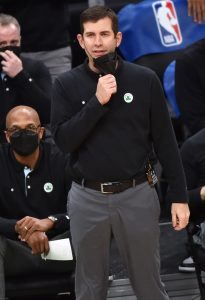 Instead, Boston made major changes at nearly every level of the organization. The Celtics will head into the fall with a new president of basketball operations and a new head coach, and without their highest-paid player from the last two seasons.
Instead, Boston made major changes at nearly every level of the organization. The Celtics will head into the fall with a new president of basketball operations and a new head coach, and without their highest-paid player from the last two seasons.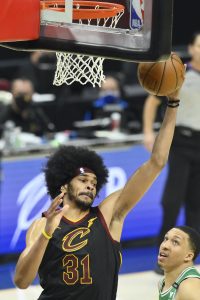
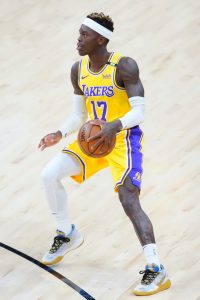
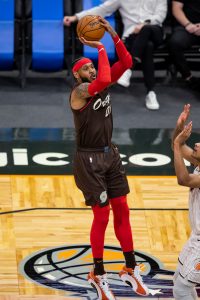

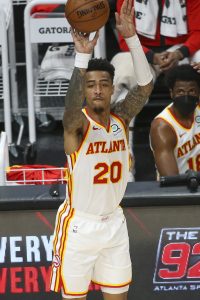
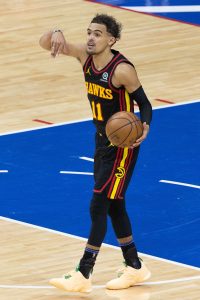 First and foremost, this meant locking up leading scorer
First and foremost, this meant locking up leading scorer 